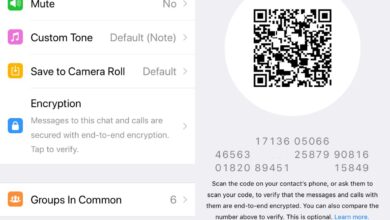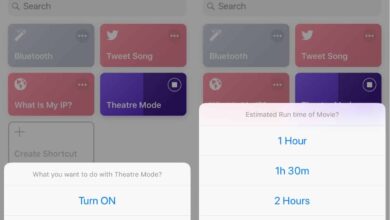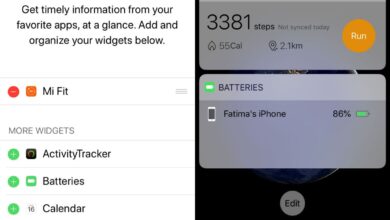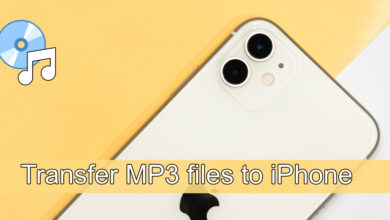YouTube Red is YouTube’s premium version which gives users access to exclusive content. It’s not exactly popular. In addition to exclusive content, YouTube Red also has a picture-in-picture mode that allows users to watch videos in a floating player on their devices. The feature is great but not really something worth paying a monthly bill for. If you’d like to watch YouTube in Picture-in-picture mode on the iPad, you need to install a free app called Pipifier. It works for all web videos, and it works for YouTube.
This only works if you’ve enabled Picture-in-Picture on the iPad. To enable it, open the Settings app and select Home Screen and Dock. Select Multitasking and turn on Picture in Picture.
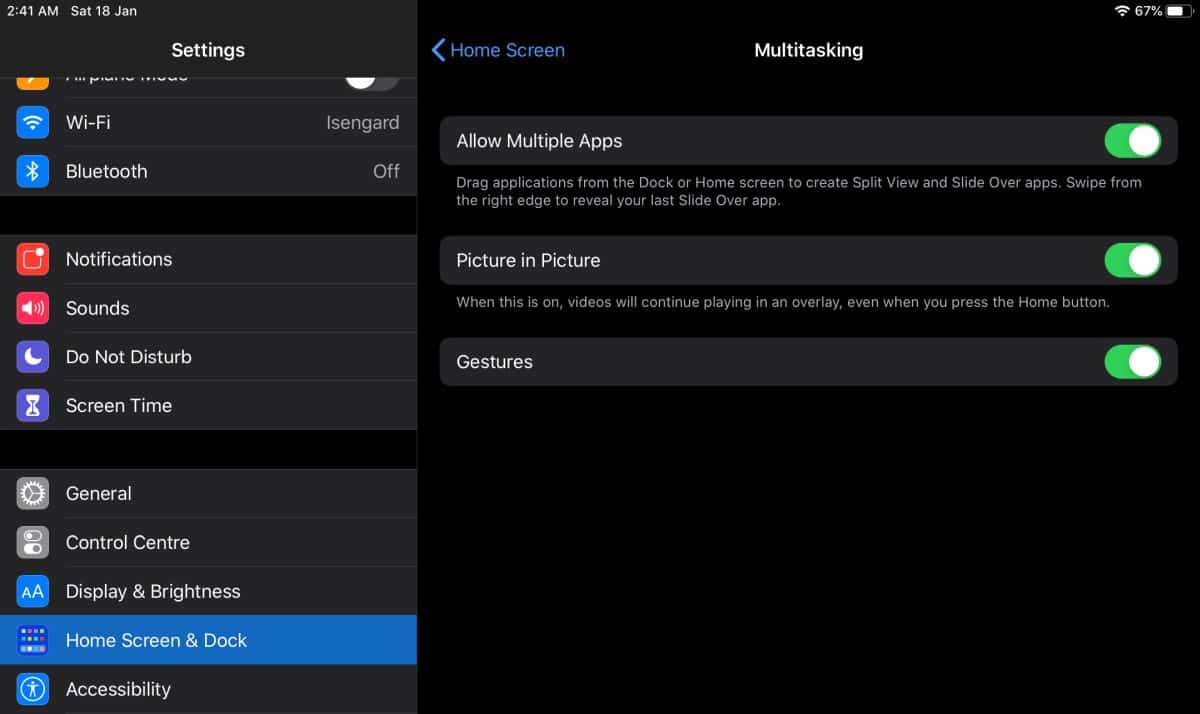
Since YouTube limits its Picture-in-Picture feature to YouTube Red, we’re going to need an app called PiPifier. Install it from the App Store.
Once installed, open Safari and visit YouTube. This is where it gets tricky because when you open YouTube in Safari, it automatically redirects you to the app. Go back to Safari and try to force the desktop view. You can do this by tapping the AA button in the URL bar and selecting the option to request the desktop website.
Once you have YouTube open in Safari, the hard part is over. Open a video and then tap the share button next to the URL bar. From the menu, select Run PiPifier.
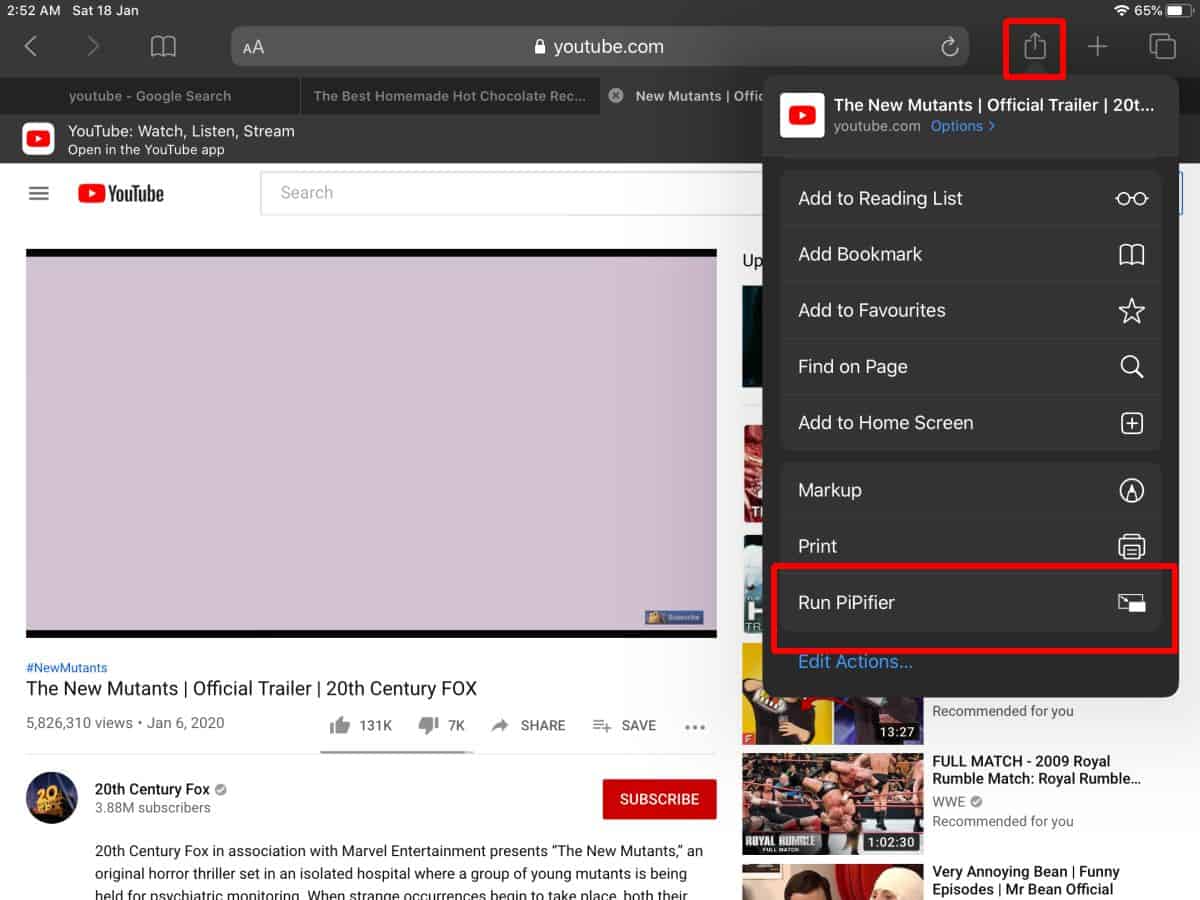
The video will minimize to a floating player in the bottom right corner. You can now press the Home button to exit Safari. The video will continue to play.
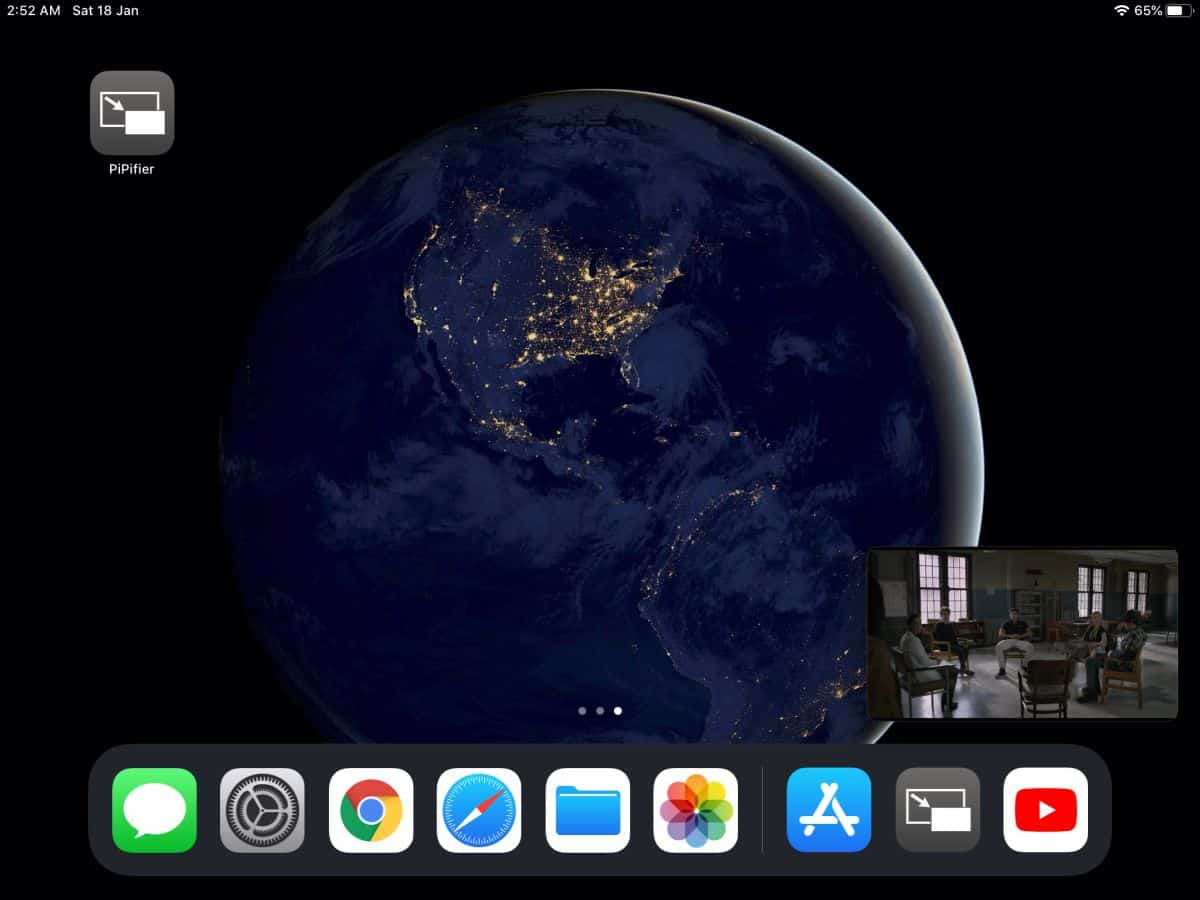
The player can be docked to any one of the four corners of the screen. If you close it, the video will continue to play in Safari or pause where you left it off. To resize the player, pinch outward on it.
If you’re having trouble getting Safari to not open the YouTube app, you can try uninstalling it if you don’t use it that much. You might also have heard of a little feature on iPadOS called Slide Over that lets you access an app within another app. It’s not the same as picture-in-picture but it’s a fairly reasonable way to watch YouTube videos while working in a different app. It’s a lot easier to use than opening videos in Safari and then sharing/sending them to the app. It’s odd that YouTube has decided to limit this feature to its premium service since there are obvious workarounds for this on both Android and iOS.

